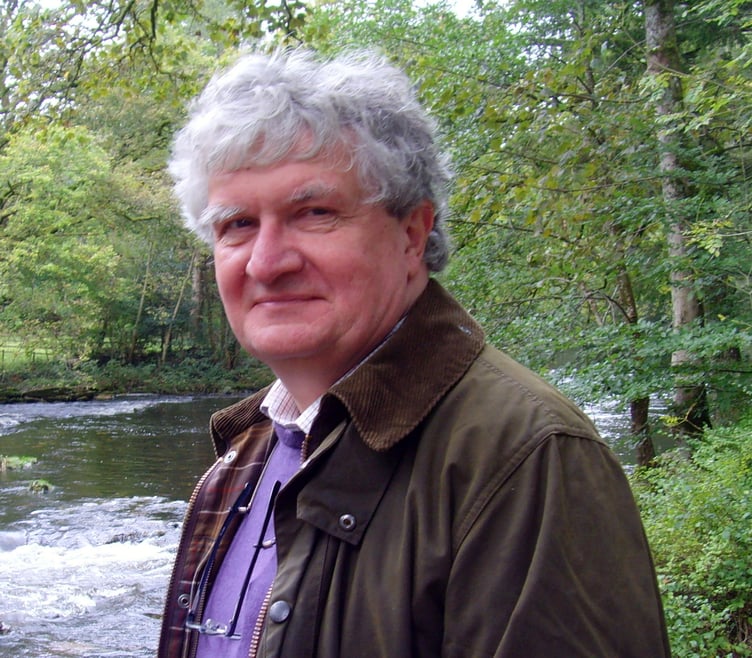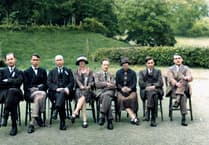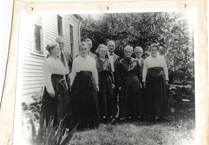A NEW book from the Strata Florida Trust reveals the people, stories and landscape integral to Welsh history and modern Welsh identity.
Professor David Austin’s new book, ‘Strata Florida: The History and Landscape of a Welsh Monastery’takes the reader back in time to discover for the first time the whole story of Strata Florida, a place that plays an integral part in Welsh history and has unique importance to modern Welsh identity.
Strata Florida is perhaps best known for being the site of a former Cistercian monastery that was of immense importance to Wales during the Middle Ages. First founded in 1164, it was in 1184 re-founded by the Lord Rhys (yrArglwydd Rhys) Prince of Deheubarth, who gave it extensive lands and an ambitious purpose.
The abbey was always regarded with suspicion by the English Crown for its support of Welsh identity and independence and was closed during Henry VIII’s Dissolution of the monasteries in 1539.
Yet this well-known story of Strata Florida is much longer and greater.
David is the foremost expert on Strata Florida, and this second book in a series by the Strata Florida Trust,draws on the latest archaeological research to explain different aspects of the site in a concise and accessible way.
The book takes the reader back 10,000 years to begin the story of Strata Florida at the time early human settlers began to hunt in, and later farm, the land.
Even then the present location of Strata Florida seems to have been a sacred and iconic place, a point in the landscape where connections could be made between the spiritual and material worlds.
By the Iron Age the landscape was as open as it is today with complex communities and tribal hierarchies, reflected in the large number of hill forts, cairns and sites of ritual built on the hills around Strata Florida.
The Celtic world continued largely uninterrupted for Strata Florida until the arrival of Christianity, which provided a platform for the arrival of the Cistercians.
The ambitious vision of the Cistercian monks and their patrons the princes of Deheubarthis revealed by David with detailed mapping, and the history of the site is followed through the gentry estates and tenant farmers up to the family that still farms the land today.
The book covers themes of spirituality, sustainability, resilience and community values, and it shows what made Strata Florida such a significant site in the history of Wales and why it remains so iconic for modern Welsh identity.
David concludes that the future for Strata Florida is bright with the Strata Florida Trust drawing on the key narratives in the book and building on Strata Florida’s potential to be a centre for Welsh history, landscape and culture, preserving, educating and offering a place for spiritual and economic well-being as the abbey had once done to princes, paupers and pilgrims alike.
Speaking about the publication of the book, Andrew Green, Chair, Strata Florida Trust, said: “When you visit Strata Florida for the first time you can appreciate immediately that the place is special, nestled by two rivers on the last patch of level fertile ground before the mountains begin to rise to the east.
“But to make sense of its immense history you may need some help.
“David’s book meets that long felt need and we are all exceptionally grateful to him.”
‘Strata Florida: The History and Landscape of a Welsh Monastery’is published by the Strata Florida Trust. Copies of the book are available in Welsh and English.
The book is priced at £15 and can be purchased by going to [email protected] (postage is £2).





Comments
This article has no comments yet. Be the first to leave a comment.